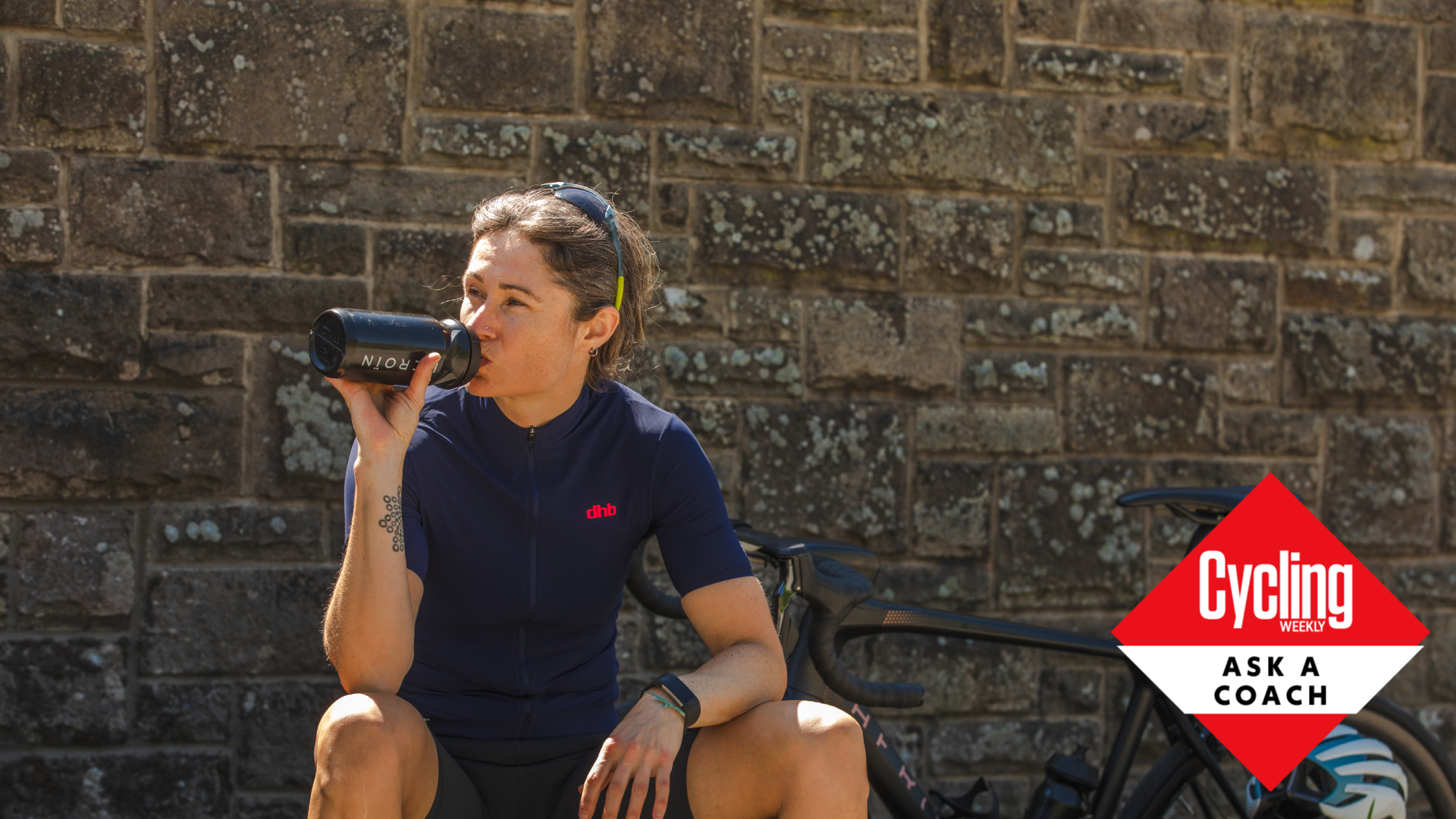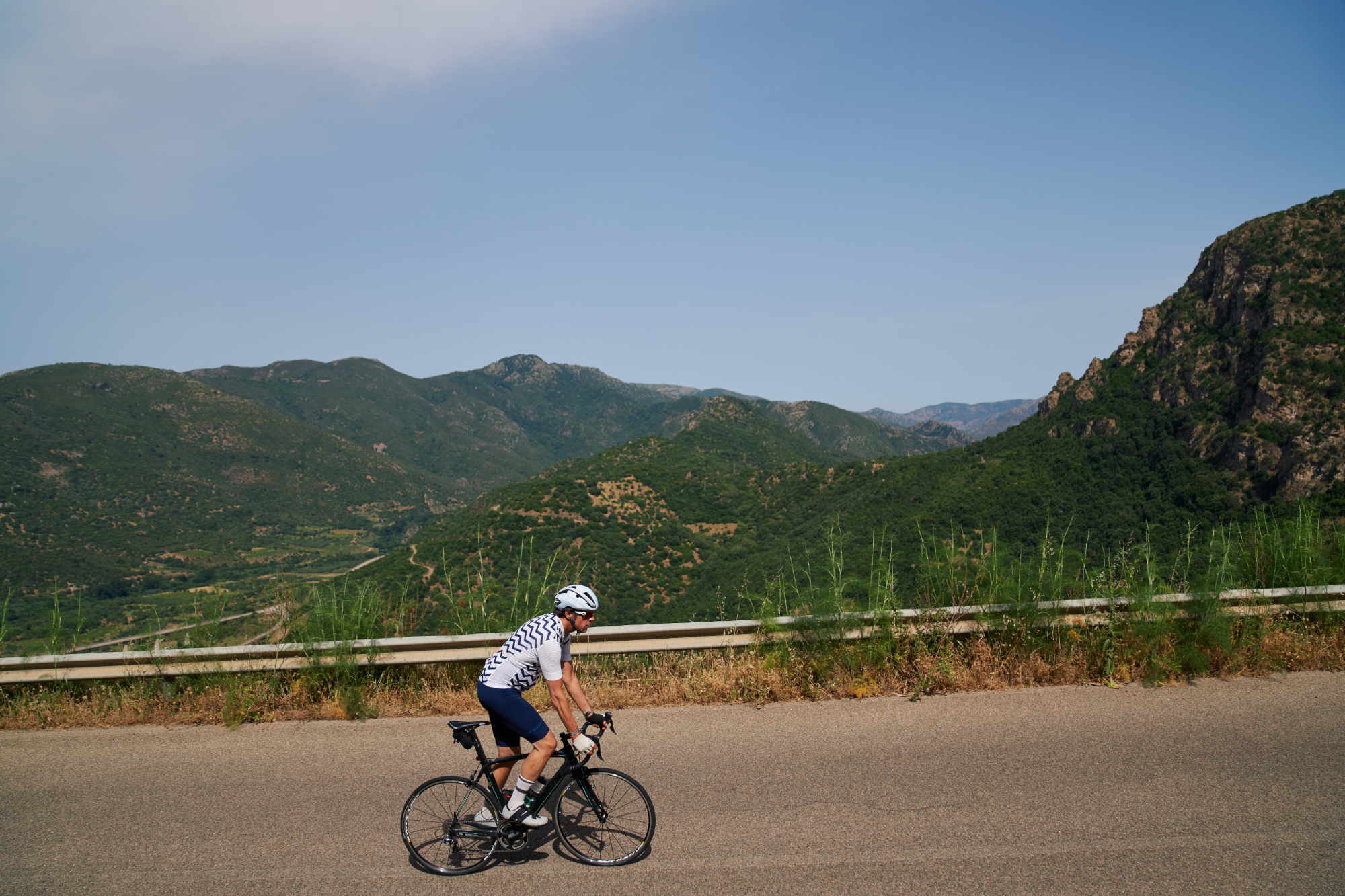Ask a coach: 'How hot is too hot for cycling?'
Increased temperatures can lead to fatigue and, at worst, illness and injury


Riding in the heat, be it at home or as part of a cycling holiday to sunnier climbs, may sound more appealing than a grim, cold slog - but with temperature records being shattered across Europe and America, are these locations now too hot for cycling?
Once the body is no longer able to cool itself at the same rate as it is producing heat (and we produce a lot of heat when we exercise), this can lead to core body temperature rising excessively and possible heat stroke / heat exhaustion.
But at exactly what temprature does cycling start to become dangerous and what can been done to mitigate the risks? Cycling coach James Spragg explains what you need to know...

Sports scientist and coach James Spragg is one of the experts who will be answering your questions in Cycling Weekly's ASK A CYCLING COACH series which comes out every Wednesday. Working both in research and applied settings, he currently runs Intercept Performance Consultancy.
What is heat stroke / exhaustion?
Heat stroke is when your core body temperature goes too high, and you are unable to cool yourself down. Symptoms can include, tiredness, dizziness, headaches, and feeling sick – generally it’s something we should be avoiding as it can quite quickly get very serious!
How to measure temperature for cycling

This seems a silly question at first – easy, get your phone out and see how hot it is! But that value will not consider the thermal challenge your body faces.
For example, in humid conditions, it is hard for sweat to evaporate from the skin and thus your body's cooling power is reduced. Likewise, the thermal load can be very different in the shade or in direct sunlight. All these factors are important when deciding if it's too hot to ride your bike.
It is for this reason that the web-bulb temperature index was created, which I'll cover next.
Get The Leadout Newsletter
The latest race content, interviews, features, reviews and expert buying guides, direct to your inbox!
What is the Wet-bulb temperature index?
The web-bulb temperature index (WBGT) was developed by the US military and tries to take into consideration – temperature (as measured by a thermometer), humidity, and radiant heat exchange to give a better indication of the thermal challenge faced by athletes. From this, a ‘risk-scale' was developed:
| Category | WBGT (°C) | Row 0 - Cell 2 |
| 1 - Low | ≤ 25.6–27.7 | Row 1 - Cell 2 |
| 2 - Moderate | 27.8–29.4 | Row 2 - Cell 2 |
| 3 - High | 29.5–31.0 | Row 3 - Cell 2 |
| 4 - Extreme | 31.1–32.1 | Row 4 - Cell 2 |
| 5 - No exercise | ≥ 32.2 | Row 5 - Cell 2 |
However, recently this classification system has come under a bit of criticism as it may well under-estimate the heat-stress risk. Therefore more recent recommendations are below.
These take the WBGT and also consider humidity a bit more:
| Environmental Risk | Wet Bulb Temperature (Celcius) | Humidity |
| Moderate | 24 | 50 |
| Moderate | 20 | 75 |
| Moderate | 18 | 100 |
| High | 28 | 50 |
| High | 26 | 75 |
| High | 24 | 100 |
| Excessive | 33 | 50 |
| Excessive | 29 | 75 |
| Excessive | 28 | 100 |
How to use these findings
The way to interpret this chart is as follows:
Moderate – be aware of the possibility of high heat stress. Wearing appropriate cycling clothing, consuming enough fluids and potentially exercising in shaded areas. Mitigate the risk!
High – be very careful with how you exercise, possibly avoiding higher intensities and areas where you might be exposed to direct sunlight. Adapt your cycling training!
Excessive – don’t exercise, the risk of heat stress is too high. Re-schedule your cycling training!
Conclusion
We all enjoy getting out for a bike ride in the sun, be aware though that there are some risks to exercising in hot conditions. Even a relatively cool day with high humidity can place your body under a lot of stress. Use the chart above the manage the risk of training in hot temperatures and avoid the risks associated with heat stroke / exhaustion.

Thank you for reading 20 articles this month* Join now for unlimited access
Enjoy your first month for just £1 / $1 / €1
*Read 5 free articles per month without a subscription

Join now for unlimited access
Try first month for just £1 / $1 / €1
James Spragg is a sports scientist and coach, working both in research and applied settings. When not working with athletes James can be found skiing, climbing, cycling or drinking coffee!
Alongside Dan Lorang and Peter Leo, James runs Intercept Performance Consultancy. Over the last 8 years in various roles, as coaches, performance consultants, performance managers, and sports scientists, Dan, James and Peter have played a role in helping athletes achieve more than 10 World Championship titles, several Olympics medals (including a Gold and Silver Medal in Tokyo 2020) and several Top 5 results in some of the biggest sporting events on the planet (Tour de France, Olympics, World and European Championships). Our single focus is on improving performance in all settings.
-
 'I'll take a top 10, that's alright in the end' - Fred Wright finishes best of British at Paris-Roubaix
'I'll take a top 10, that's alright in the end' - Fred Wright finishes best of British at Paris-RoubaixBahrain-Victorious rider came back from a mechanical on the Arenberg to place ninth
By Adam Becket Published
-
 'This is the furthest ride I've actually ever done' - Matthew Brennan lights up Paris-Roubaix at 19 years old
'This is the furthest ride I've actually ever done' - Matthew Brennan lights up Paris-Roubaix at 19 years oldThe day's youngest rider reflects on 'killer' Monument debut
By Tom Davidson Published